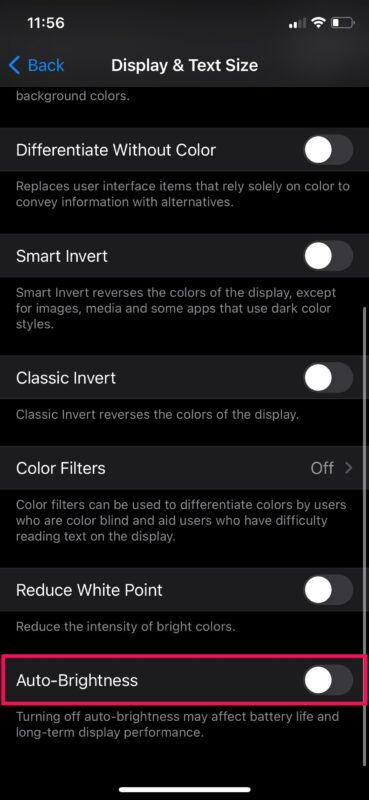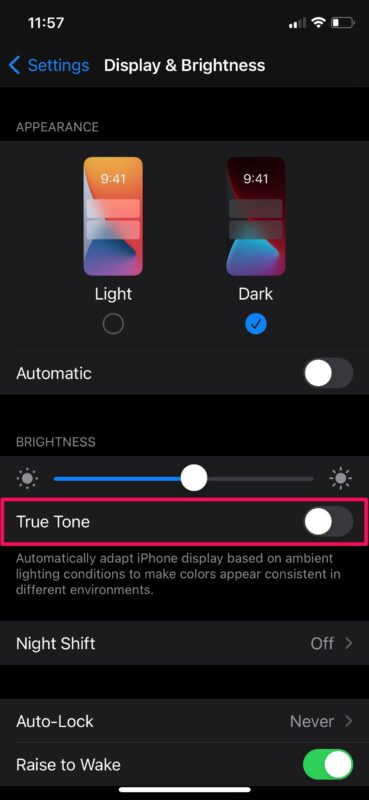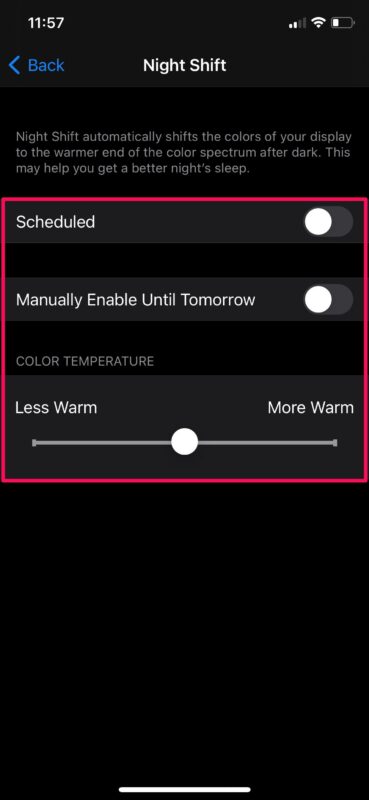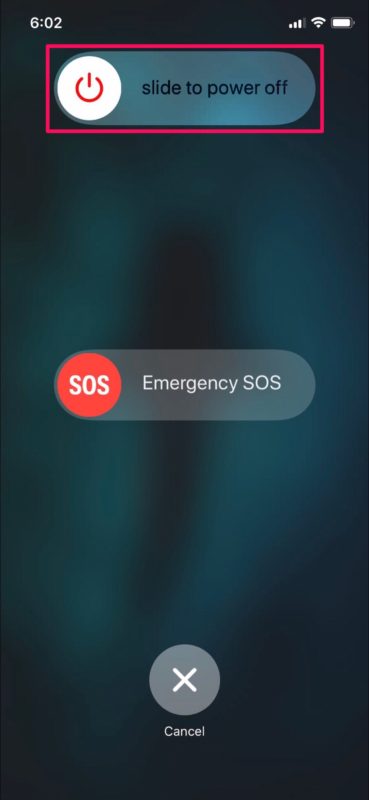iPhone / iPad Screen Dimming Automatically? Here’s Why & How to Fix

Have you noticed that your iPhone or iPad screen dims or brightens automatically while you’re using it? Does this happen when the ambient lighting in your room changes? Or does the screen brightness seem to change at random? We can think of a couple of reasons why this happening, but it’s pretty easy to diagnose and resolve.
Both iPhones and iPads are set to automatically adjust the display brightness out of the box, so unless you changed your display settings, this is the reason why you notice that your screen is dimming on its own. However, this is not the only reason for screen dimming. Sometimes, other display features that Apple advertises can affect the perceived brightness of your device’s screen. These aren’t really issues per se, but just configurations that can be easily changed.
If you’re the kind of person who prefers using a fixed brightness setting or you’re sensitive to screen dimming, read on to take a look at the possible reasons why your iPhone or iPad’s screen is dimming automatically and how you can fix it.
Fix Random iPhone / iPad Screen Dimming Automatically
You can follow these troubleshooting steps to first diagnose what’s exactly causing the screen dimming and then turn off some unnecessary features to maintain a certain brightness level.
Turn Off Auto-Brightness
The first thing you need to do when you’re facing screen dimming issues is to check if auto-brightness is enabled on your iPhone or iPad. As mentioned earlier, it’s a feature that’s enabled out of the box, so if you haven’t fiddled with the display settings, this is likely the culprit. Weirdly enough, the auto-brightness feature isn’t located under the display settings. Instead, you’ll find it in the accessibility section. Open the Settings app and go to Accessibility -> Display & Text Size and you’ll find the “Auto-Brightness” toggle at the bottom. Turn it off if you find that it’s enabled.

Disable True Tone Setting
True Tone is a display feature that allows your iPhone’s screen to adjust the screen based on the ambient lighting conditions so that colors appear consistent across different environments. It can make the display appear slightly warmer or cooler depending on the surrounding lighting and give you the perception that the display has dimmed. If you’re sensitive to these changes, you can disable it by going to Settings -> Display & Brightness -> True Tone on your iPhone or iPad.

Check if Night Shift is Enabled
Night Shift is a feature that’s very similar to True Tone, except that it doesn’t rely on ambient lighting. Instead, the feature works according to your time. Night Shift basically just makes your display warmer close to your bedtime and reduces the amount of blue light that causes eye strain. Due to the increase in warmer tones during nights, you may feel that your iPhone’s display has become slightly dimmer. The Night Shift setting can be accessed from the Display & Brightness settings menu and it’s located right below the True Tone toggle. Just make sure that all the toggles under the Night Shift section are disabled as shown in the screenshot below and you’re good to go.

Reboot Your iPhone or iPad
If none of the other troubleshooting steps worked in your case, it’s likely that the screen dimming is caused due to a software-related glitch that’s associated with iOS/iPadOS. Most software glitches can easily be fixed with a system reboot. All you need to do is power off your device and turn it back on. To turn off a Face ID-enabled device, simply hold the side button and the volume up button to access the shutdown menu. On the other hand, if you’re using an older iPhone/iPad with a physical home button, you just need to hold the power button.

In addition to this, you can also try force restarting your iPhone or iPad. Note that this is slightly different from a regular reboot and requires a combination of button presses. To get this done on an iPhone or iPad with a physical home button, simply press and hold the power button and home button simultaneously until you see the Apple logo on the screen. It’s slightly tricky on newer devices with Face ID. You’ll need to click the volume up button first, followed by the volume down button, and then hold the side/power button until you see the Apple logo.
By now, you should have fixed the screen dimming issues that you were facing on your iPhone or iPad. By disabling the auto-brightness setting and other fancy display features, you can make sure that your device maintains a sustained brightness and color temperature all around, regardless of the lighting in your environment or the time of the day.
In rare cases, this could be due to a hardware-related problem too. Water damage could sometimes result in a dimmer display even if your iPhone or iPad is functioning normally. Therefore, if you were unable to get your screen dimming issues fixed with the above troubleshooting methods, you can get in touch with Apple Support for further assistance at the earliest.
Which feature or setting was causing the screen to dim in your case? Do share your experiences and leave your valuable opinions.

